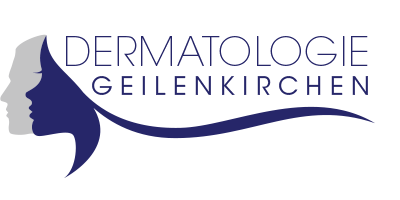After treatment, the treated sites should be cooled down. In addition, black tea overlay or a cooling gel can be used. Please don`t apply directly to the skin any patches from the freezer, as it might be too cold für the treated area.
Typically 1 to 2 sessions are required. After the first session, the treated areas are controlled and, if necessary, a second session can be planned, or a conventional method of therapy (for example operation) additionally contemplated.
To detect new tumors or precursors in time, at least biannual clinical monitoring should be performed afterwards.
Private health insurance companies cover the cost of this treatment.

